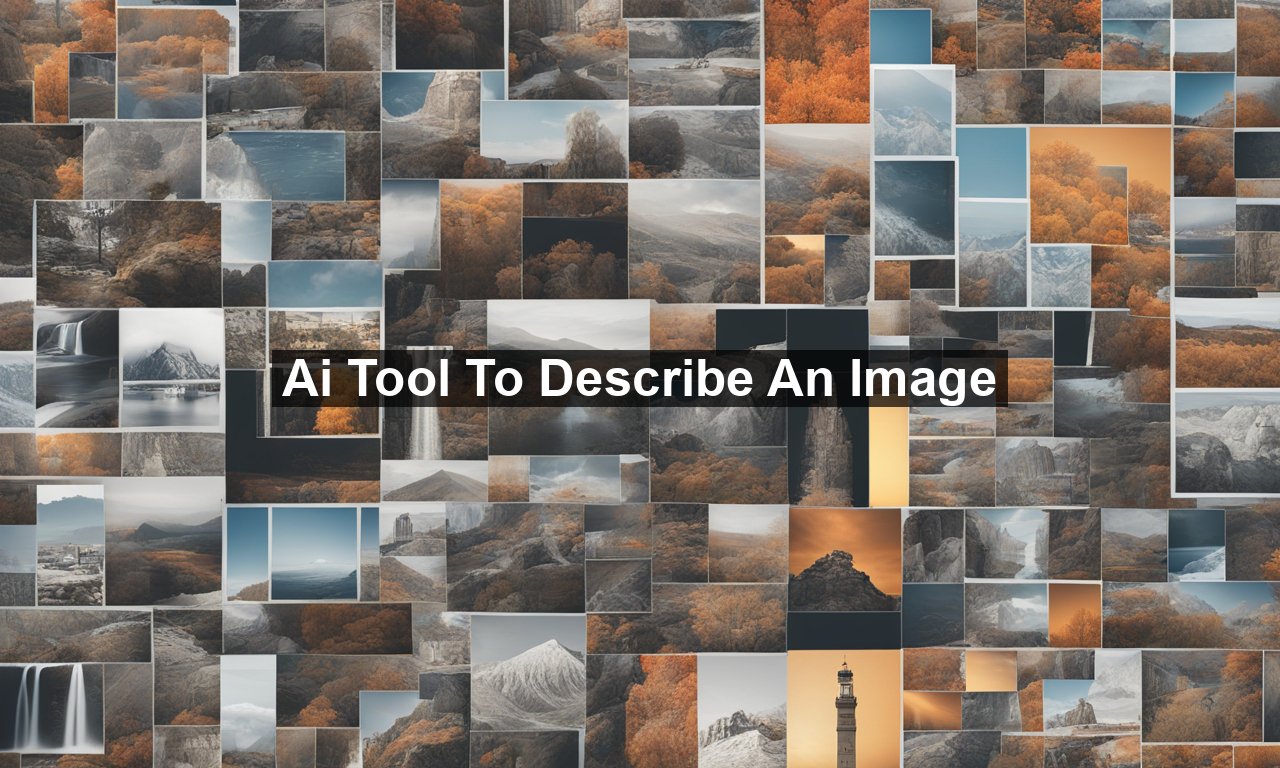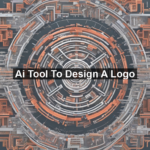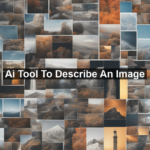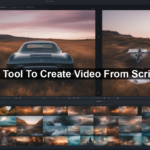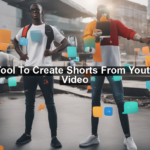Imagine this: you come across a mesmerizing photo online or in your camera roll, and words just fail you to describe it. What if there was an intelligent tool that could not only articulate what’s in that image but also do so with uncanny accuracy and detail? Welcome to the fascinating world of AI tools that describe images! This game-changing technology is redefining how we engage with visual content, and its implications are nothing short of revolutionary.
- What is an AI Image Description Tool?
At its core, an AI image description tool leverages advanced machine learning algorithms to analyze and describe the content within an image. These AI systems are trained on vast datasets containing millions of labeled images. By learning from this data, they can generate accurate descriptions of new, unseen images. The technology combines elements of computer vision and natural language processing, enabling it to understand both what is visible and how to express it in human-readable text.
- How Does It Work?
You might be wondering, how does this magic happen? Let’s break it down:
- The AI system first scans the image to identify objects, settings, and various elements.
- It then uses algorithms to infer relationships and context between these elements.
- Finally, it translates this information into coherent and descriptive sentences.
This incredible process is powered by deep learning models, such as Convolutional Neural Networks (CNNs) for analyzing visual data and Recurrent Neural Networks (RNNs) for generating text. The result is a detailed and accurate portrayal of the image contents.
- Real-World Applications
The utility of AI image description tools goes far beyond simple curiosity; they find application in several impactful areas:
- Accessibility: For the visually impaired, these tools can describe images aloud, offering a richer experience of the digital world.
- Social Media: Automatic captions for photos can save time and enhance the storytelling aspect of social media posts.
- E-commerce: Product images can be automatically described, improving search engine optimization and user experience.
- Digital Archiving: Large volumes of images can be categorized and described more efficiently.
- Top AI Tools to Describe Images
Several pioneering AI tools are leading the way in image description capabilities. Let’s explore some of the best in the business:
Microsoft Azure Computer Vision
Microsoft’s Azure Computer Vision offers a feature-rich solution for image description. It employs advanced algorithms to analyze visual content and generate detailed captions accurately.
Google Cloud Vision
Google Cloud Vision is another robust tool that excels in both object detection and image labeling. It supports multiple languages and integrates seamlessly with other Google Cloud services.
Amazon Rekognition
Amazon Rekognition provides high-accuracy image and video analysis. It can identify objects, people, text, and activities within images and videos, making it immensely useful for security and surveillance applications.
For more details on these AI tools, you can read a comprehensive guide on Microsoft Azure’s Computer Vision page and discover the features of Google Cloud Vision directly from their official resources.
- Challenges and Ethical Considerations
While the benefits of AI image description are numerous, it’s essential to ponder the challenges and ethical considerations:
- Accuracy: AI isn’t perfect. There are instances where descriptions may be off the mark.
- Bias: If the training data is biased, the AI will reflect those biases, leading to skewed or inappropriate descriptions.
- Privacy: Describing personal and sensitive images could raise privacy concerns.
It’s crucial for developers to continuously update and refine these systems to mitigate these issues. Transparency in how these tools work and vigilance in their ethical use will pave the way for responsible AI integration.
- The Future of AI Image Description
The future is undeniably promising for AI image description tools. Innovations in machine learning and data analytics will likely make these tools more accurate, versatile, and contextually aware. We can look forward to enhancements like:
- More nuanced descriptions that capture the essence and emotions conveyed by an image.
- Better integration with other AI tools to offer a seamless user experience.
- Advanced customization options to cater to specific industry needs.
As AI continues to evolve, its role in transforming how we interact with visual content will only expand. By overcoming current limitations and addressing ethical concerns, AI image description tools will become indispensable allies across various domains.
In summary, AI image description tools are not just a novelty; they are practical, innovative, and constantly improving assets in our digital arsenal. From enhancing accessibility to streamlining e-commerce, their applications are vast and varied. The journey towards more intelligent, ethical, and accurate systems is ongoing, heralding an era where every image can indeed tell a story, thanks to AI.
So, next time you’re at a loss for words, let AI be your guide in describing the unseen and adding a new dimension to your visual experiences!
